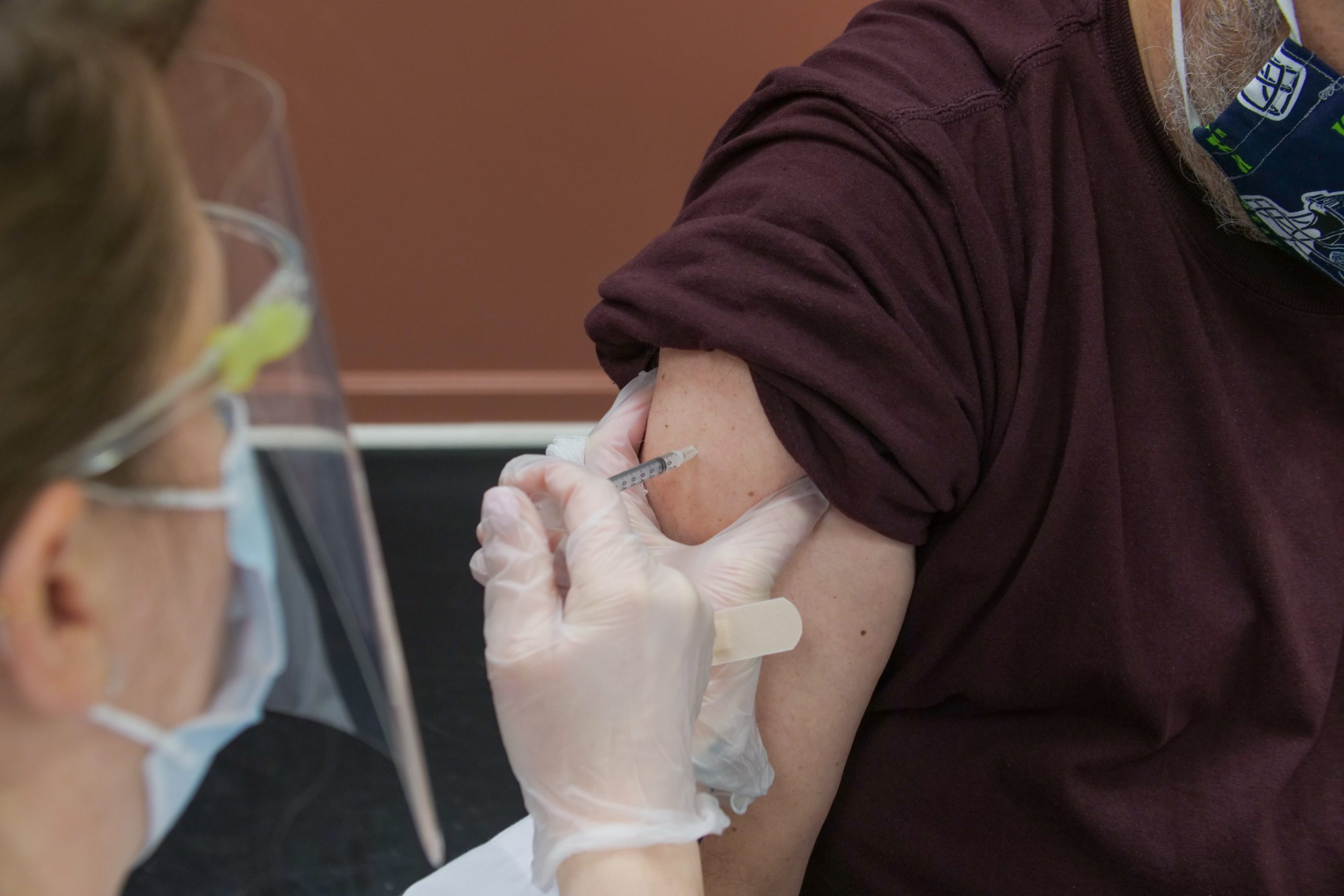Use of force incidents increased 34% in the downtown county jails in the first half of 2021 relative to 2020, but custody officials said Tuesday that a 14% decrease from 2019 levels is more relevant.
Assistant Sheriff Brendan Corbett led a Tuesday presentation to the Los Angeles County Board of Supervisors on the department’s compliance with the 2015 Rosas settlement agreement, which was aimed at reducing guard-on-inmate violence in county jails. The settlement covers the downtown Men’s Central Jail, Twin Towers Correctional Facility and the Inmate Reception Center.
A total of 593 use-of-force incidents were reported in the first six months of 2021, which is 14% lower than the same period in 2019, but 34% higher than in 2020. The one category in which the numbers were down from 2020 were incidents generating the most serious injuries.
Those “category 3” injuries were down to four from five reported incidents in 2020 and two in 2019. All category 3 uses of force are investigated by the department’s Internal Affairs Bureau.
Corbett said the three-year comparison made sense because “2020 was a bit of anomaly … not only (because of) COVID, but all the outliers along with COVID, which were the closure of the courts … the closure of visiting … the excessive quarantines we had … a lot of things that added to our complexity.”
Corbett also pointed out that while the jail population dropped from 2019 to 2021, potentially contributing to fewer use of force incidents, the percentage of inmates awaiting transfer to state prisons — a higher-risk, more volatile population — stood at roughly 20% at one point during 2021.
Inspector General Max Huntsman said he agreed with the multi-year comparison and would even prefer a five-year look back.
Both Huntsman and the board expressed surprise at Corbett’s announcement that body-worn cameras would be rolled out in the jails, making it easier to track the circumstances leading up to any use of force and discipline violators.
“I applaud his news that they are going to bring in body cameras … the audio is critical,” Huntsman said, reminding the board that fixed surveillance cameras were always intended as a stop-gap solution. “Although I do think we’re going to have to wait for our lawsuit to allow us to have access to the body camera footage.”
His remark highlighted a continuing battle with the LASD for access to information and stood in contrast to comments by a federal monitor who lauded the level of cooperation with LASD management.
Monitor Jeffrey Schwartz said he wanted to remind the board that the custody culture has changed dramatically since the settlement was struck in response to rampant jail violence.
“The situation in 2008-11 and then with the appointment of (the Citizens Commission on Jail Violence) was truly terrible in the jails. Rather quickly, in the next couple of years, the beatings stopped. The situations with a bunch of deputies standing around beating an inmate or kicking an inmate … they’ve been gone since then,” Schwartz said.
“In the first couple of years of monitoring, the culture in the downtown jails changed from anti-inmate, enforcement-oriented to a much more professional, service-oriented culture,” he added.
He also specifically noted a change in attitude over the last two years, during Sheriff Alex Villanueva’s tenure, though he did not reference the sheriff directly.
“We have had excellent cooperation and access throughout, across different administrations, we cannot complain,” Schwartz told the board. “For the last perhaps two years or so, we’re on the same side.”
Two other issues raised were the department’s policies regarding head strikes and the use of “wraps,” which are straitjacket-like restraints.
Head strikes are only meant to be used when inmates are both assaultive and designated as high-risk, not as a general means of controlling inmates.
“It is so important that we (otherwise) eliminate head strikes,” federal monitor Robert Houston told the board.
Houston said body-worn cameras in the jails would make it easy to track what led to any particular use of force, while Corbett said head strikes are already less prevalent and the department is working on a means of specifically tracking those incidents.
The policy regarding wraps is still being worked out. Current policy dictates that inmates who are restrained in such a way must remain so for two hours, regardless of the circumstances.
Supervisor Holly Mitchell called that practice “barbaric,” telling her colleagues, “I’m not sure how we can justify a hard-and-fast rule about any restraining device.”
In mid-December, two of the monitors plan to tour the jails and seek to understand how the staff is trained to apply the wrap and what circumstances lead to its use.
Meanwhile, the implementation team charged with coming up with a plan to close Men’s Central Jail reported that inmates are now being transferred to state prisons weekly, and the countywide jail population has dropped from 14,580 to 12,950 individuals.







